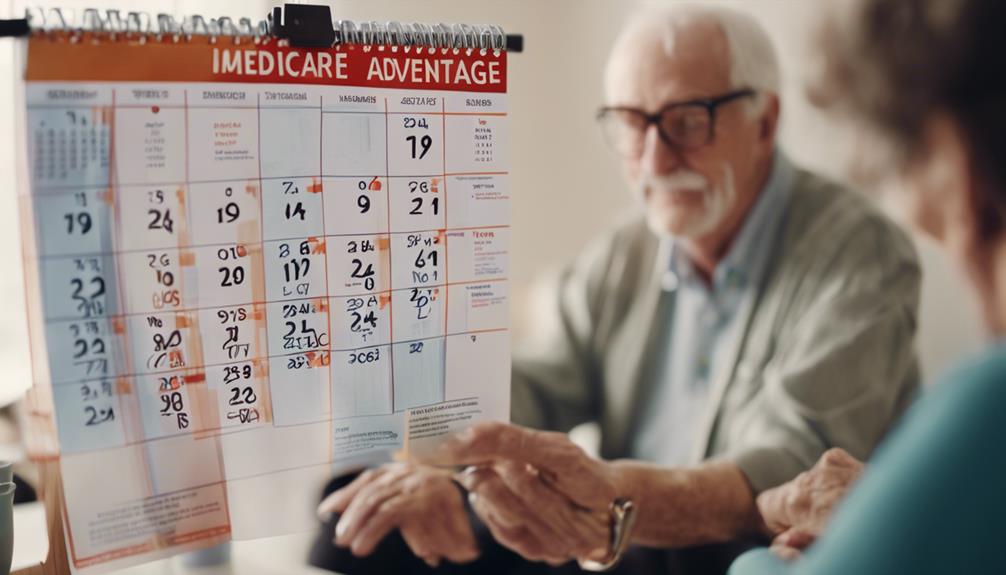
Are you curious about how Medicaid can help you see the world more clearly? If you’re considering contact lenses but aren’t sure about coverage, you’re in the right place! In this article, we’ll dive into the ins and outs of Medicaid and its relationship with contact lens coverage. From understanding the basics to exploring what you need to know, we’ll help you navigate your way to clear vision. So, let’s jump right in and uncover the secrets of Medicaid and contact lenses!
Does Medicaid Have Your Eyes Covered with Contacts?
Navigating the world of health insurance can be a challenge, especially when it comes to vision care. Medicaid, a state and federal program designed to assist individuals with limited income in accessing medical services, varies in coverage depending on where you live. While some states offer comprehensive eye care benefits, including contact lenses, others may only cover the basics like eye exams and glasses. It’s essential to check your state’s specific Medicaid guidelines to see if contact lenses are included in your coverage.
Furthermore, Medicaid’s approach to contact lenses can also depend on the medical necessity of the lenses. If your eye doctor determines that contact lenses are vital for your vision correction, you’re more likely to receive coverage. Always consult with your healthcare professional and Medicaid provider to clarify your eligibility and ensure you get the most out of your benefits!
Unlocking the Mystery: Medicaid and Your Vision Needs
When it comes to vision care, understanding your benefits can feel like deciphering a secret code. Medicaid coverage for eye care, including contacts, varies by state, so it’s crucial to familiarize yourself with the specifics in your area. Generally, Medicaid will cover routine eye exams at least once a year, but when it comes to contact lenses, the rules can be more complex. Some states may provide coverage for lenses if they are deemed medically necessary, while others may only offer partial reimbursement.
One of the best ways to unravel this mystery is to reach out directly to your local Medicaid office or visit their website. They can provide you with detailed information about what types of vision care services are available under your plan. Additionally, connecting with your eye care provider can clarify what documentation or referrals you may need to submit for coverage approval. Knowledge is power, so arm yourself with the facts!
Contact Lenses: A Bright Choice for Your Eyes?
For many, contact lenses are a wonderful alternative to traditional glasses. They offer a wide field of vision, freedom from frames, and the ability to engage in physical activities without worrying about breaking eyewear. Whether you’re a seasoned contact lens wearer or considering making the switch, it’s essential to weigh the benefits against your specific vision needs. Comfort, lifestyle, and eye health all play a significant role in deciding if contacts are the right choice for you.
However, the cost of contact lenses can accumulate quickly, especially if you’re using them daily. When exploring your options, take into account not only the cost of the lenses themselves but also the necessary solutions and care products. This is where Medicaid can lend a helping hand, potentially providing coverage that can alleviate some of the financial burdens associated with contact lens maintenance. It’s always best to assess your needs and consult with your eye care professional for tailored advice.
Medicaid Magic: What You Need to Know About Contacts
The magic of Medicaid lies in its ability to help individuals access necessary health care services, including those for vision. As we mentioned earlier, coverage for contact lenses depends heavily on the state you reside in and the specific circumstances surrounding your vision correction needs. While some states may offer a more comprehensive set of benefits that includes contacts, others may offer limited assistance.
To determine what “magic” Medicaid can perform for you, consider scheduling a comprehensive eye exam with an optometrist or ophthalmologist. They can evaluate your vision and discuss the options available—including contact lenses—and help you navigate the Medicaid process. If your eye care provider deems lenses medically necessary, you may be on your way to enjoying the benefits of clear vision without breaking the bank!
Vision on a Budget: Exploring Medicaid Coverage Options
Living on a budget doesn’t mean you have to compromise on your vision health. Medicaid can be a lifesaver when it comes to accessing eye care services while keeping your wallet happy. Many states provide essential eye care services, including exams, glasses, and, in some cases, contact lenses. This means that if you meet specific criteria, you might find yourself with a much clearer view of the world without the hefty price tag.
To take full advantage of what Medicaid offers, it’s a good idea to stay informed about any changes in policies and coverage. Regularly check in with your state Medicaid office and keep the lines of communication open with your eye care provider. They can guide you through the necessary steps to ensure you receive the coverage you deserve, making it easier for you to see clearly without worrying about financial strain.
Clarity Ahead: How Medicaid Supports Your Eye Care
The pathway to clearer vision may seem daunting, but with Medicaid by your side, you’re not navigating it alone! Medicaid is designed to support those in need, ensuring that necessary health care, including eye care, is accessible to everyone. If you qualify for Medicaid, you may have access to a range of services, including routine eye exams, prescription glasses, and potentially contact lenses, depending on your state’s specific guidelines.
Knowing what services your Medicaid plan covers means you can take proactive steps in managing your eye health. Regular check-ups and consultations with your eye care provider can keep your vision sharp and your eyes healthy. By leveraging the benefits of Medicaid, you’re on your way to achieving clarity and confidence in your sight!
From Glasses to Contacts: A Medicaid Guide for You
Transitioning from glasses to contact lenses can open a new world of convenience and flexibility. If you’re considering making this switch and you’re a Medicaid member, it’s essential to understand the process and what to expect. As mentioned earlier, some states offer coverage for contact lenses if they are considered medically necessary, while others have different coverage structures.
Start by discussing your desire to switch to contact lenses with your eye care provider. They can help determine the best fit for your vision needs and guide you on the steps needed to obtain coverage through Medicaid. This may involve securing a referral or providing documentation to substantiate that lenses are the right choice for you. With the right support, your transition can be smooth, and you’ll be enjoying life with clear, comfortable vision in no time!
Seeing Clearly: Medicaid’s Role in Your Eye Health
Medicaid plays a crucial role in ensuring that individuals receive the eye care they need to maintain their vision health. With the rising costs of healthcare, having a reliable safety net like Medicaid can ease the burden for many. Coverage for eye exams and corrective lenses, including glasses and contacts, can make all the difference in getting the care you need without the stress of financial strain.
For those who require ongoing vision correction, it’s vital to stay proactive about your eye care. Regular check-ups can help monitor your eye health, and if changes occur, your healthcare provider can recommend suitable options, including contact lenses. Embrace the benefits that Medicaid offers and take charge of your eye health to ensure that you can see the world clearly!
Contact Lens Adventures: What Medicaid Might Cover
If you’re gearing up for an adventure with contact lenses, it’s important to know what Medicaid might cover along the way! Depending on your state, Medicaid can help with costs related to eye exams, fittings for contact lenses, and even the lenses themselves if they are deemed medically necessary. This means you could embark on your contact lens journey with a little less worry about the budget.
To ensure you’re fully equipped for your contact lens adventure, consult with your eye care provider about your options and the possibility of coverage. They can help you navigate the documentation needed and provide insights on how to submit claims to Medicaid. So pack your bags, grab those contact lenses, and get ready for a clearer view of your next adventure!
Cheers to Clear Vision: Your Medicaid Contact Lens Guide!
As we wrap up our journey through the world of Medicaid and contact lens coverage, it’s time to raise a toast to clear vision! Whether you’re new to contact lenses or looking to switch from glasses, understanding your options under Medicaid is key to achieving your eye care goals. By staying informed about what your state offers and communicating with your eye care provider, you’re taking proactive steps toward maintaining your vision health.
Remember, clear vision is within reach, and Medicaid can help pave the way. So, don’t hesitate to explore your benefits, consult with professionals, and embrace the freedom that comes with contact lenses. Cheers to seeing the world in all its vibrant glory, and may your vision journey be bright and clear!
We hope this article has illuminated the path to understanding Medicaid’s coverage for contact lenses. By knowing your options and taking advantage of available resources, you can ensure that your eye health is well taken care of. Whether you choose contacts or prefer the classic appeal of glasses, remember that seeing the world clearly is always in style. Until next time, keep your vision sharp and your spirits high!





